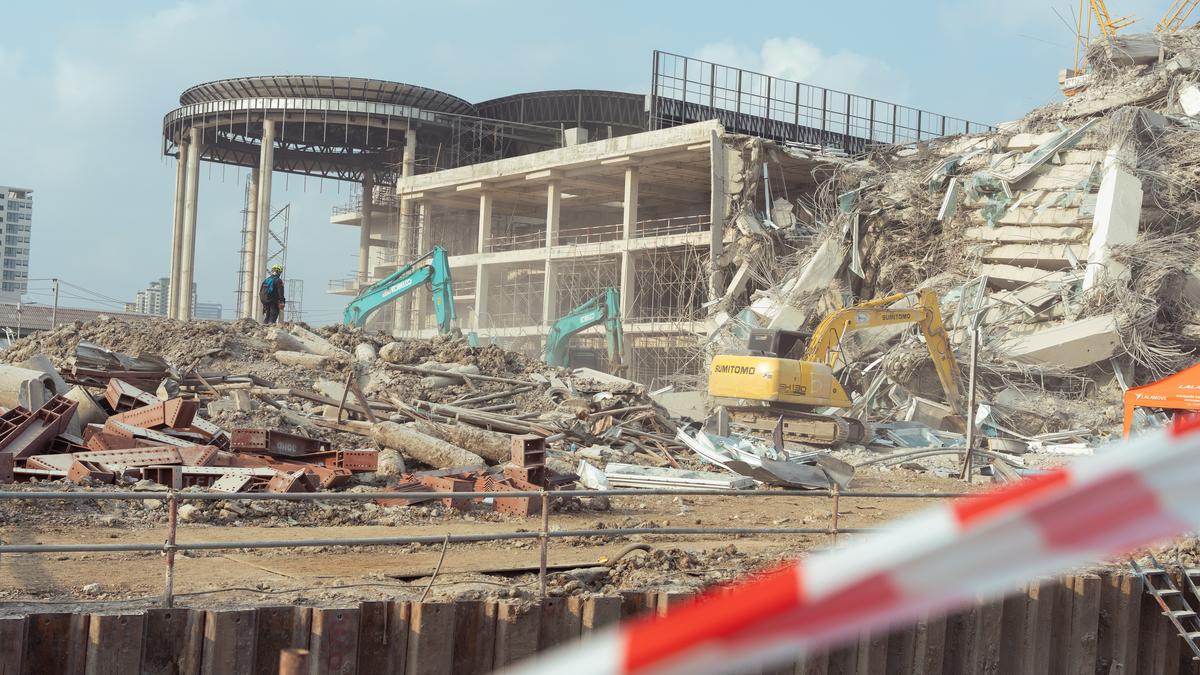
Myanmar earthquake: India’s National Centre for Seismology says soil liquefaction caused severe damage
The Hindu
NCS explains how soil liquefaction and building vibrations contributed to severe damage in Myanmar-Thailand earthquake.
India's earthquake monitoring agency, the National Centre for Seismology (NCS), has said the earthquake that hit Myanmar and Thailand on Friday (March 28, 2025) afternoon caused severe damage because its shaking matched the natural vibration of buildings.
Soil liquefaction was also a major cause of the damage, said O.P. Mishra, head of the NCS.
Soil liquefaction happens during a strong earthquake, when the ground starts acting like a liquid instead of solid land.
This usually occurs in places with loose, wet soil like sandy areas near rivers or the coast. When the earthquake shakes the ground, the water between the soil particles pushes them apart, making the soil lose its strength.
As a result, buildings, roads and other structures may sink, tilt or collapse, Mr. Mishra explained.
Thailand's capital Bangkok, which is more than 1,000 km away from the epicentre in Myanmar's Mandalay, suffered significant damage as the rupture's direction was towards it, he said.
The NCS said seven aftershocks, ranging in magnitude from 3.5 to 7, followed the main earthquake of magnitude 7.5, which struck Mandalay around 11:50 a.m. (IST).





















 Run 3 Space | Play Space Running Game
Run 3 Space | Play Space Running Game Traffic Jam 3D | Online Racing Game
Traffic Jam 3D | Online Racing Game Duck Hunt | Play Old Classic Game
Duck Hunt | Play Old Classic Game











